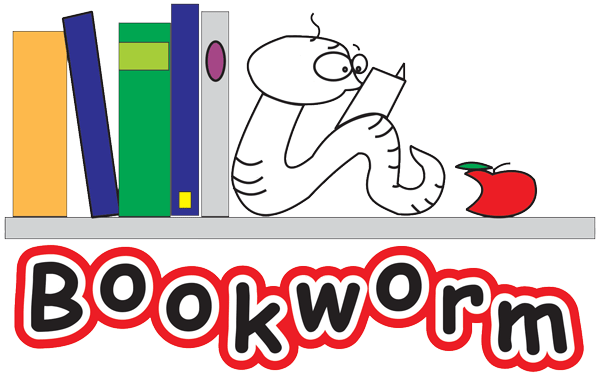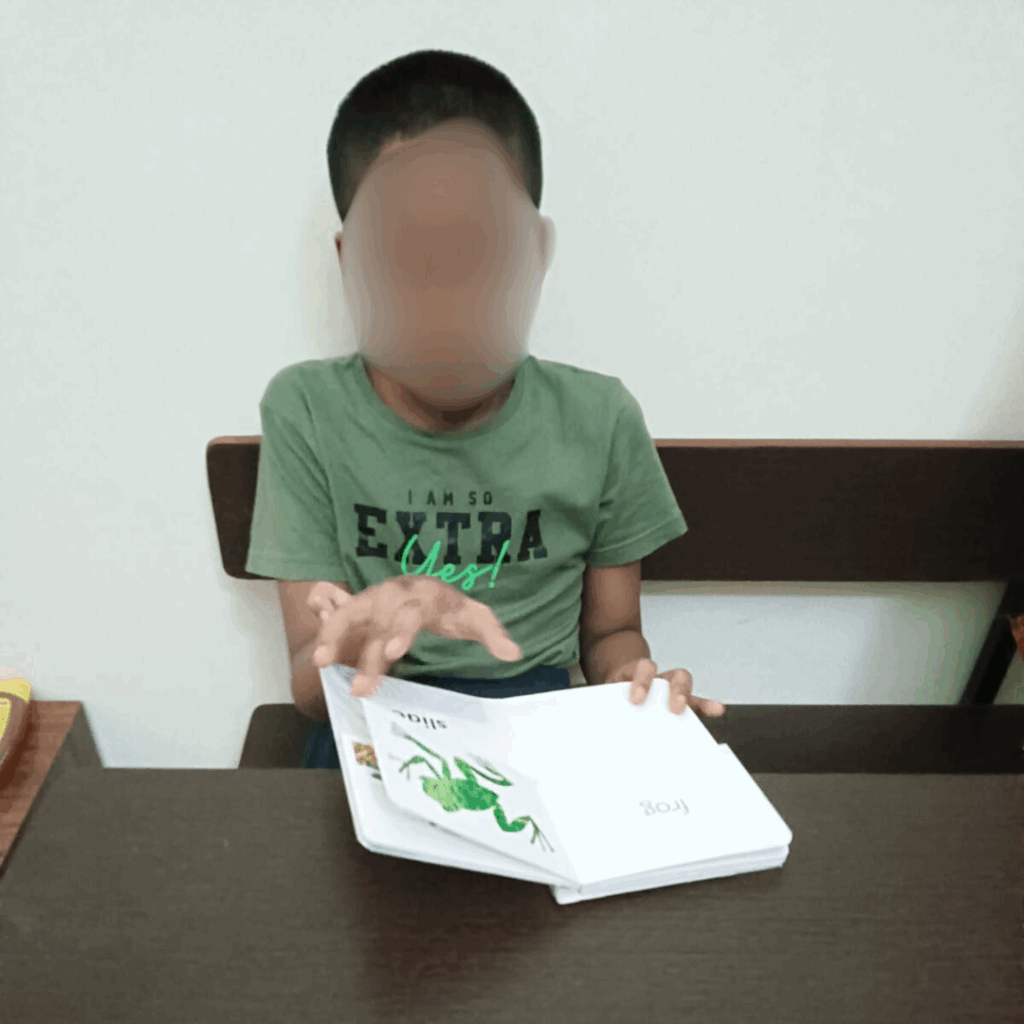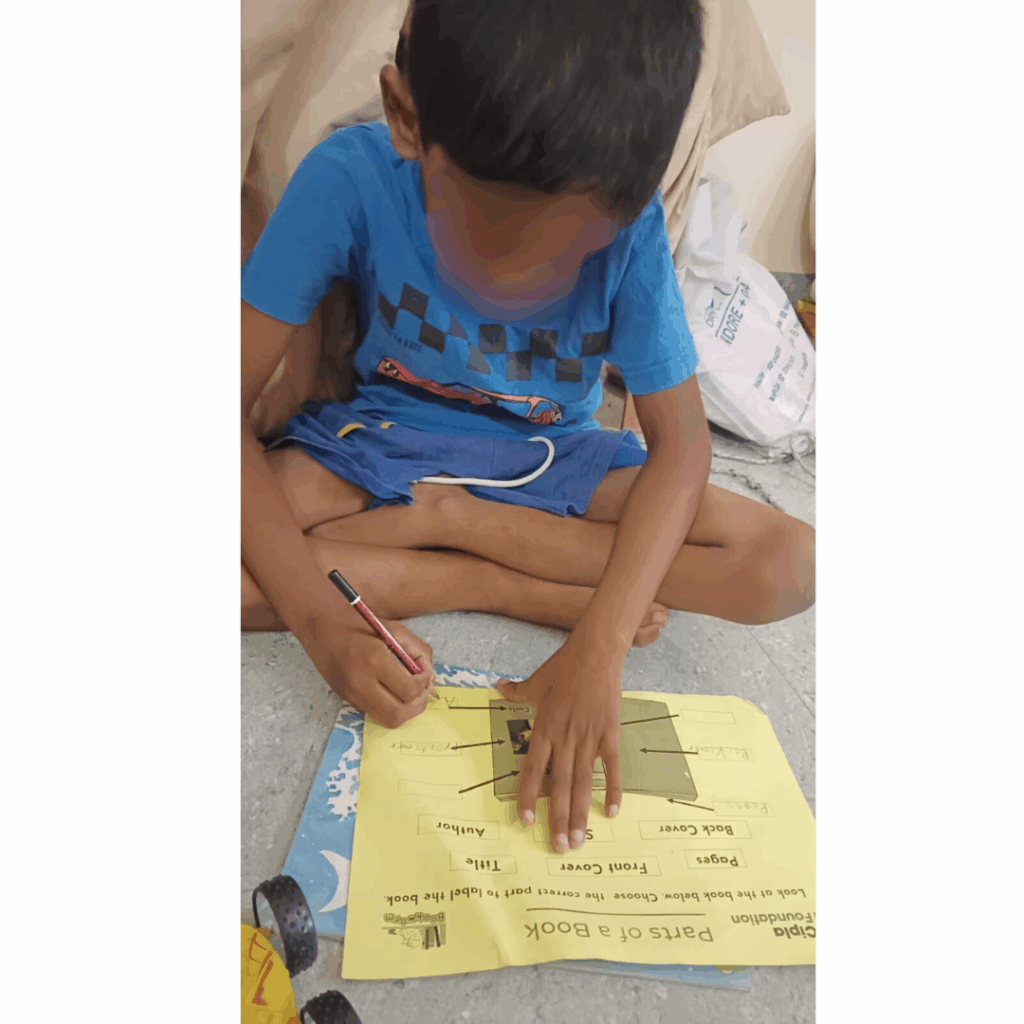Written by: Madeeha Khan
Understanding Neurodiversity
Neurodiversity is a term that recognizes the wide variety in how human brains work and process the world. This concept moves away from viewing conditions like autism, ADHD, dyslexia, dyspraxia, and sensory processing disorder as “problems” or “disorders,” and instead embraces them as natural variations in brain functioning.
Each child is different not just in their personality and interests but also in the way they think, learn, and respond to their environment. A neurodiverse lens helps us see these differences not as deficits, but as part of the richness of human diversity. Embracing this perspective calls for the creation of inclusive environments where all children, regardless of how their brains are wired, feel safe, valued, and supported.
Libraries as Safe and Stimulating Spaces
Libraries are among the most effective inclusive places for all children, especially those who are neurodiverse, when they are purposefully created. A well equipped children’s library offers not only access to books but also rich opportunities for play, imagination, interaction, and calm.
For neurodiverse children, books can serve as bridges to language, to empathy, to routines, and to emotional regulation. Picture books, especially those with expressive illustrations and predictable story structures, help build comprehension, vocabulary, and narrative skills. Sensory storytime sessions, quiet reading zones, interactive corners, and visual schedules are some features that can make libraries more accessible to diverse learners.
When libraries recognize that children process the world differently, they can transform into safe spaces where each child feels seen, heard, and encouraged to learn in their own way.
The Barriers to Accessing Libraries
Despite their potential, many neurodiverse children are unable to access physical library spaces regularly. This may be due to a range of reasons, sensory challenges, mobility limitations, lack of accessible transportation, or the need for adult supervision during visits. For families living in under-resourced areas, access to inclusive library programs may be even more limited.
Furthermore, some parents may feel unsure about how to support their child’s learning journey, especially if formal education settings have not been accommodating. Because of this gap between intent and accessibility the library Bookworm developed a home based alternative that brings the essence of the library into the comfort of a child’s home.
The Home-Based Library (HBL) Program
The Home-Based Library (HBL) is an initiative developed by Bookworm to address the challenge cited above.. It is designed especially for children who do not have access to libraries or whose needs may be distinct and divergent.
The program aims to compress the ‘essence’ of a library by way of space – collection- interaction – activity into a box that gets delivered and picked up from the home of the child.
Each HBL playset revolves around a central storybook and is thoughtfully curated to reflect the core elements of a library experience:
Space is reimagined within the home, offering a comfortable and familiar environment where children can engage at their own pace, free from external pressures.
Collection includes a main storybook with a detailed lesson plan, additional age-appropriate books, and sensory-friendly materials.
Interaction is fostered through guided activities and parent-friendly instructions that support meaningful engagement between the child and their caregiver.
Activity refers to hands on, exploratory tasks in different modes that enhance imagination, creativity, and comprehension through play and storytelling.
Each HBL playset include:
- A main storybook with a Lesson Plan
- Guided activities and parent-friendly instructions
- Additional Books
- Sensory-friendly play materials to enhance engagement
These resources are sent to families every month, allowing children to engage with the material at their own pace, in their own space, and with the full presence of a parent or caregiver. Unlike a classroom, there is no pressure to finish an activity in a set time, no comparison and no rigid performance expectations.
Parents are encouraged to read, play, and explore the themes with their child in a relaxed manner. The goal is not to “teach” in the traditional sense, but to nurture curiosity, imagination, and bonding through stories and play.
Supporting Parents as Co- Educators
One of the strengths of the HBL program is that it places parents at the heart of the learning process. It respects the parent’s instinctive understanding of their child and offers them tools to engage meaningfully, without requiring prior teaching experience or deep medico-social knowledge..
By modeling how to use storybooks, how to scaffold a child’s interest, and how to respond sensitively to their cues, the program also builds parents’ confidence. Over time, many families report improvements not just in language and learning, but in emotional connection, routines, and behavioral regulation.
In this way, the home transforms into a mini library one filled with possibilities, stories, and supportive relationships.
For example, one parent shared that ever since they received the HBL playset, reading together has become a regular part of their day. Every night before going to bed, the child goes to the mother and says, “Now it’s time for reading.” They sit together, choose a book from the set, and spend a few quiet minutes reading. The mother shared that this has become their special time,something they both look forward to. It helps the child feel calm before sleeping, and it has also brought them emotionally closer. This small routine has added a lot of warmth and joy to their everyday life.
Such experiences show how storybooks and shared reading can bring families closer, turning everyday moments into something meaningful.
Reimagining Literacy for All
Literacy is not just about letters and sounds; it is about expression, connection, and understanding. For neurodiverse children, traditional literacy approaches may need to be reimagined by integrating visuals, tactile materials, repetition, movement, and storytelling.
The playsets include a collection of sensory friendly books such as touch-and-feel and flip-flap books that invite children to engage with stories in a hands-on, curious way. Along with these books are materials like puppets and character cutouts that children use to recreate parts of the story or invent their own versions. Matching cards and simple props support them in connecting images with words and meaning. Sometimes, the experience extends outdoors, children might quietly observe birds, leaves, or textures in their environment after encountering them in a story. These playful elements make reading more than just a quiet activity; they turn it into an experience that children can feel, imagine, and live through.
There have been moments that beautifully illustrate just how deeply children connect with these playsets. One child, for instance, received the Rosie’s Walk playset and instantly became captivated by the story’s characters. As the story unfolded, the child kept asking his parent, “Is the fox still following Rosie?” a question that reflected both curiosity and emotional engagement. Using the puppets provided in the playset, the child even created a new version of the story this time, with Rosie following the fox. This kind of creative reinterpretation shows how deeply stories can settle into a child’s imagination and how play can empower them to explore narratives on their own terms.
Another playset featuring the Tails book included touch-and-feel elements, and one child particularly enjoyed identifying different textured tails in the book. With the “feel bag” activity that accompanied the playset, the child eagerly searched for similar textures, linking the tactile experience back to the story. These experiences show how the integration of sensory materials enables children to live the story beyond the pages by feeling it, playing with it, and recreating it.
Parents have shared that when the playset is at home for the week, children return to it every day, not as a task, but as something they look forward to, something they cherish. The playset becomes more than a kit; it becomes a familiar, joyful companion.
Inclusive programs like HBL help redefine what it means to be “ready to learn.” They remind us that every child is already learning in their own way, and at their own pace. Our role is to provide environments, tools, and relationships that nurture that learning, rather than force it into predefined moulds.
Making Learning Joyful and Inclusive
As we move toward a more inclusive and empathetic society, it is vital to ensure that learning experiences honor every child’s unique abilities and challenges. Neurodiversity is not a problem to be fixed, it is a reality to be embraced.
Libraries whether physical or home-based can become powerful spaces for neurodiverse learners to grow, discover, and belong. Programs like HBL don’t just provide books; they offer bridges between children, their families, and the wider world of stories and ideas.
One of the greatest joys has been witnessing how children now eagerly wait for their playsets, it’s become something they truly look forward to. The bond between books and children has deepened, almost like a friendship. This connection is especially meaningful for children who cannot travel far, as many libraries are located in distant regions.
This also brings its own challenges, many children rarely get to experience a library in person. As part of the program, children are invited for exposure visits to the library once every few months. These visits are filled with warmth and joy, helping them connect with the larger world of books beyond their homes. Initially, some parents were unsure and viewed the program as something purely academic. But over time, as they witnessed the joy it brought their children, that perception shifted. A strong bond has now formed, between families, stories, and the experience of reading together.
When we meet children where they are, with compassion and creativity, we open the door to joyful learning for every mind and every heart.



